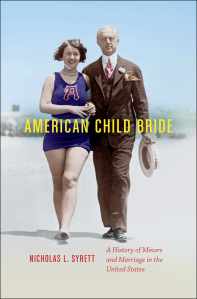LOLsobs for political blogger and trained historian Joshua Micah Marshall, whose eight year-old son was pulled aside for extra scrutiny at Kennedy airport last night in New York:
Someone either from the airport or perhaps the TSA (I think not actually CBP [Customs & Border Patrol]) kept asking/insisting* repeatedly suggesting that the rest of the family go sit in some separate waiting area while Daniel waited in the line alone. This got me, I confess, somewhat belligerent. We all waited together, obviously.
When we finally got to the CBP officer, the fact that Daniel is eight seemed to put a pretty quick end to the whole thing. Daniel answered a few questions, was asked to sign his passport and we were off.
Recent events have made me increasingly see the CBP as something along the lines of a rogue federal agency. I have a very negative sense of the whole organization. That said, the guy we dealt when we finally got through the line with was friendly, professional and pretty chill.
We learned in a subsequent line that Daniel’s is a “common name” and what had happened was that some law enforcement or intelligence agency had put a hold on someone by that name. (I’m wiilling to believe “Daniel Marshall” is a common name; “Daniel Eytan Marshall” I’m not so sure.) And that’s how we ended up in that situation. Will this happen again if we have to return to the US from overseas? Depends. Depends on what? How long the hold is in place.
It’s nice to know the system isn’t advanced enough to cross check for age.
WTF?




